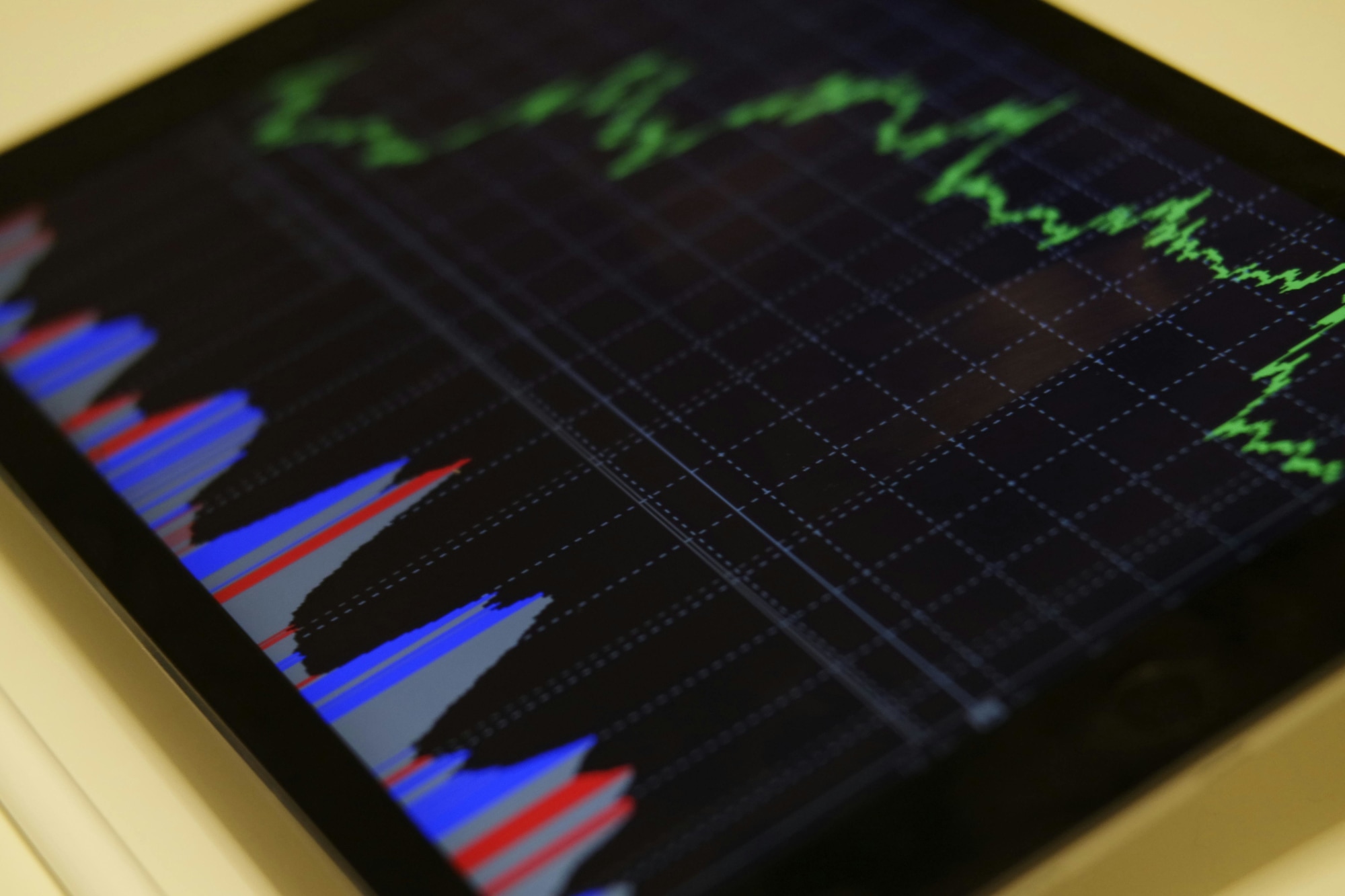Data from the Australian Bureau of Statistics showed that the December goods trade surplus of $9 billion was a significant increase, up $7.4 billion from the November surplus, with the country benefiting from the high price of iron ore.
“Imports have fallen following a November spike to be more in line with recent history,” said ABS head of international statistics Katie Hutt. “While exports of metalliferous ores and cereals are the strongest in history, resulting in the fourth-highest goods trade surplus on record.”
Iron ore accounted for 80 per cent of the exports to China, underpinning a 16 per cent increase in the value of Australia’s total monthly exports to $34.9 billion.
It drove Australia’s goods trade surplus (exports minus imports) up 18.4 per cent to $9 billion, with Australians importing 9 per cent less over the month.
Australia also benefited from strong growing conditions domestically and lower than average rainfalls overseas, with an increase in cereals driven by wheat, up $604 million, and barley, up $182 million.
Oxford Economics senior economist Sean Langcake said Australia’s mining sector is less vulnerable to trade tensions.
“Australia’s export basket is dominated by mining commodities (around two-thirds of exports). As such, it would take a major increase in trade tensions that results in a widespread increase in tariffs for total exports to fall significantly,” he said.
However, the strong surplus is heavily influenced by trade with China. Imports from China fell $641 million (7 per cent) in December, while exports to China increased $2.3 billion (21 per cent). Australia’s goods trade surplus with China alone stands at $5.2 billion for December.
Mr Langcake said notwithstanding the resilience of many export categories, restrictions placed on Australian exporters by China will have adverse effects.
“These can be ameliorated by exporting to alternate destinations or selling to the domestic market, but this will invariably be at a lower price,” he explained.
“However, the silver lining for the Australian economy is that the least vulnerable sectors are the largest and the most vulnerable sectors are relatively small.
“As a result, there will be some exporters that face pressure, but we expect goods export growth will continue to recover in 2021. Nevertheless, simmering trade tensions are inherently unpredictable and will have negative confidence impacts on the local economy,” Mr Langcake concluded.










